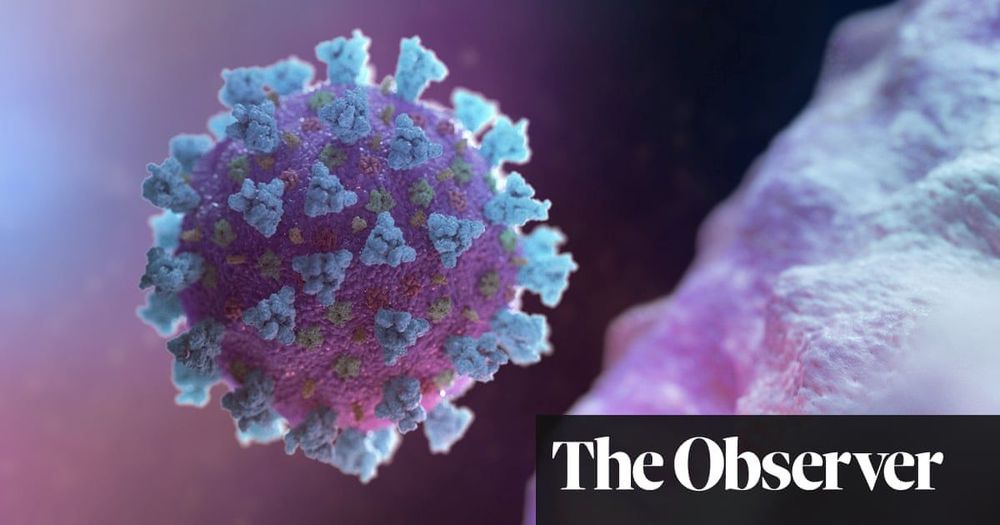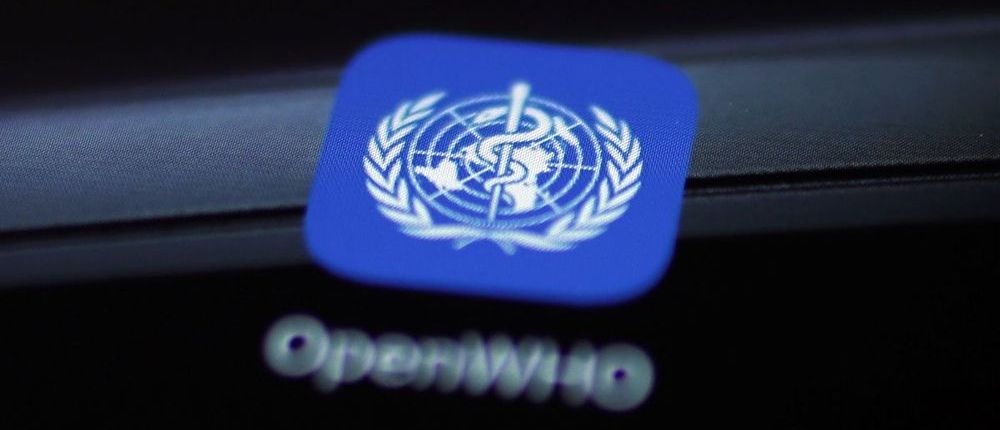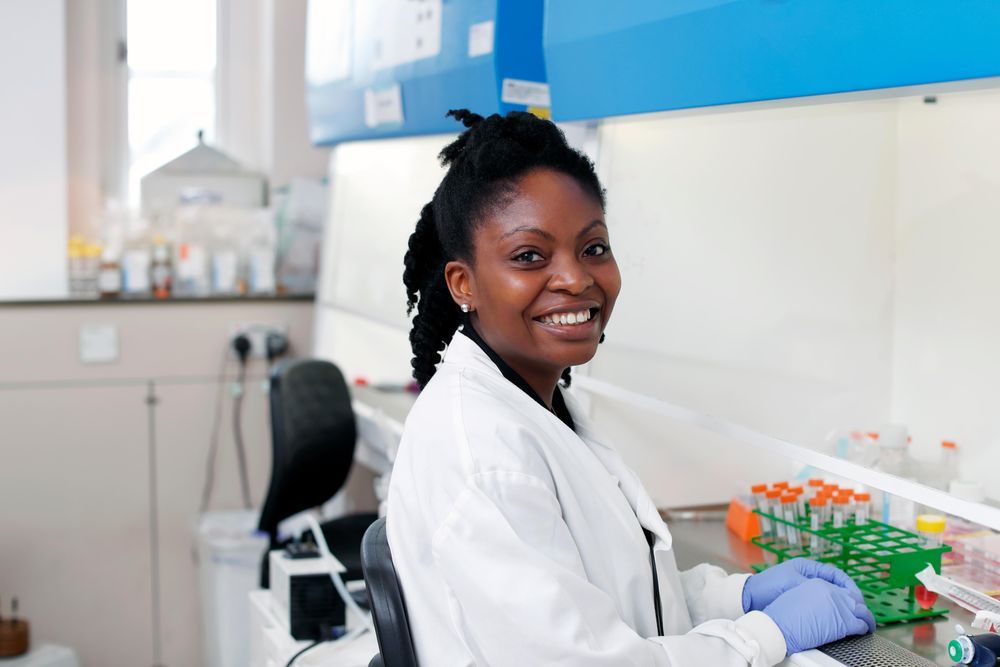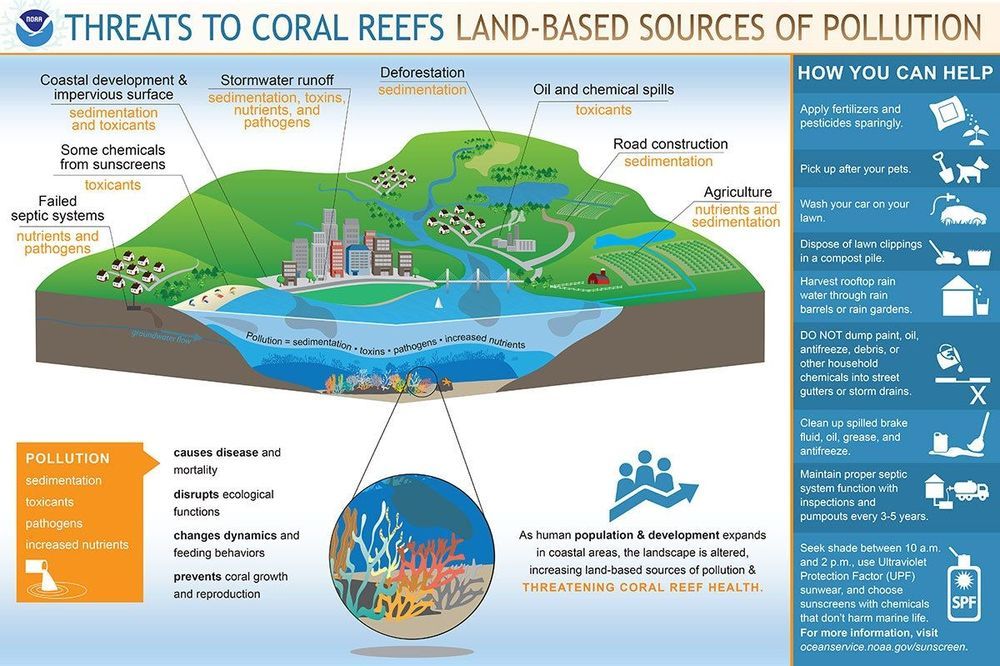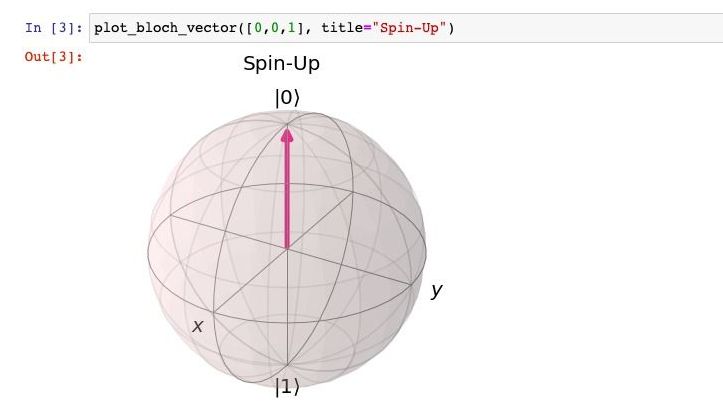Featured Image Source: NASA
NASA has been highly dependent on booking Russian spacecraft for almost a decade. Ever since the Space Shuttle fleet was grounded in 2011, the United States has not conducted manned flights to space. Amid the Coronavirus pandemic, a final Russian Soyuz rocket launched a NASA Astronaut for the last time to the International Space Station (ISS). On April 9, the Soyuz-2.1 rocket lifted off from the Baikonur Cosmodrome in Kazakhstan, Russia, at 4:05 a.m. Eastern time. Then the Soyuz MS-16 spacecraft was deployed into orbit about 9 minutes later. After a 6-hour trip, the spacecraft docked to the orbiting laboratory. Onboard the Soyuz spacecraft were American Astronaut Chris Cassidy, and Russian Cosmonauts Anatoly Ivanishin and Ivan Vagner. They all makeup Expedition 63, the crew will stay at the orbiting laboratory for 6 months. Due to the coronavirus, staff during the launch was limited in order to avoid spreading the COVID-19 respiratory illness. Governments from across the world have issued ‘stay at home’ orders to avoid straining healthcare systems. NASA and Roscosmos took extra precautions by limiting contact with Astronauts so they would not take any illnesses to ISS. “I knew I was going to be in quarantine these two weeks, but what’s really different is everybody else around us is in quarantine, too,” Cassidy said in a prelaunch interview on NASA TV. “It’ll be a really, really skeletal crew in the Baikonur Cosmodrome, which will be quite different.”
After the successful Soyuz launch, NASA Administrator Jim Bridenstine stated:

